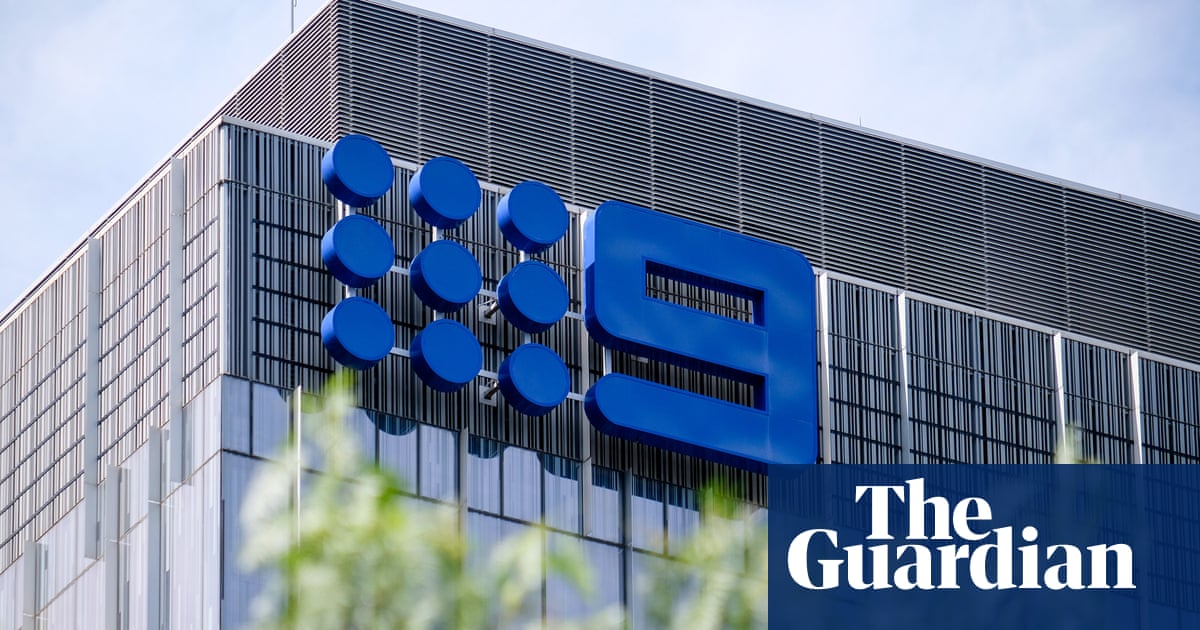Sydney Morning Herald, Age staff among 200 job cuts at Nine after end of Meta deal

- by Admin
- June 28, 2024

The Nine Entertainment chief executive, Mike Sneesby, has told staff he is cutting 200 jobs due to the “economic headwinds” facing the media, with up to 90 positions to go on legacy mastheads the Sydney Morning Herald, the Age and the Australian Financial Review.
The company said “some much-loved colleagues” would be leaving the business and “tough decisions” would be made by mid-July to save $30m.
“Today we will announce measures in our publishing business to offset the loss of revenue from the Meta deal and challenges in the advertising market,” Sneesby said.
“Unfortunately, this will result in some of our colleagues leaving us in the coming months.”
In March, Meta which owns Facebook and Instagram, informed publishers that it would not enter new multimillion-dollar deals for content when contracts expire this year.
Internal messages further identified between 70 and 90 jobs would go from the publishing division which houses the newspapers once owned by Fairfax. Company wide – across Nine Television, Nine Radio, streaming service Stan and the digital division nine.com.au – the headcount is 5,000.
Earlier in the week Seven West Media announced a restructure that would see up to 150 jobs lost and earlier News Corp Australia restructured and began cutting roles.
“It is not something we want to do but it is something we need to do to continue to build on a successful platform of high-quality journalism and digital subscription growth,” Sneesby said.
The managing director of Nine Publishing, Tory Maguire, told journalists it was the first time since 2017 there had been a reduction in headcount in editorial.
The biggest cuts to the papers came in 2012 when what was then known as Fairfax Media slashed 1,900 jobs, shut its main printing plants and took the SMH and the Age tabloid to prepare for a digital future.
But 12 years on Maguire says more needs to be done to evolve the operating model to “create a sustainable future for the mastheads”.
“In light of this the publishing division is going to have to make significant savings in FY25, right across the business,” she told journalists.
“Over coming weeks the leadership team, including the editors, will be working on a plan to reduce staff costs, including in the newsrooms.
“We are looking at reducing the publishing division headcount by between 70 and 90 staff over coming months.”
after newsletter promotion
But the company insists it is in a stronger position than its competitors.
“The publishing business in particular is able to lean on our continued success in growing our subscription revenue, especially over the past year since work began on significantly tightening the paywalls,” Maguire said.
Sneesby said all Nine’s divisions were either completely digital or have rapidly growing digital revenues – “and each one maintains a leading position in their respective markets”.
The cuts come on the eve of Nine’s Paris Olympics coverage for which it paid $309m for the exclusive rights to the next five Olympic Games, from Paris in 2024 through to Brisbane in 2032.
“The games will be a showcase of what a truly integrated media company can deliver to every Australian and our advertising partners,” Sneesby said.
“In order to continue our transformation and Nine’s leadership for decades to come we need to keep investing in our strategic priorities starting with the content, products and technology necessary to serve our audiences.”
The cuts come at the end of what has been a traumatic month for Nine which saw Peter Costello resign as chairman days after the former federal treasurer was accused of assaulting a News Corp journalist at Canberra airport, allegations Costello denied.
The former news and current affairs director Darren Wick abruptly left the company in March after a formal complaint from a staff member.
Nine has recently acknowledged “the trauma” caused by alleged acts of bullying, misuse of power and sexual harassment in its newsrooms and conceded to staff it needs to “do more” to make it a safe place to work.
The Latest News
-
December 23, 2024Guide Helps Australian Workers Expose Tech Wrongdoings
-
December 23, 2024PPHG achieves GSTC multi-site certification for all its Australian properties – Travel And Tour World
-
December 23, 2024Championship three-peat reward for ‘clinical’ Aussies | cricket.com.au
-
December 23, 2024Australian tennis star Purcell takes on voluntary provisional suspension for breaking anti-doping rules
-
December 23, 2024‘Back myself and be fearless’: Konstas lives by mantra in first hit | cricket.com.au





